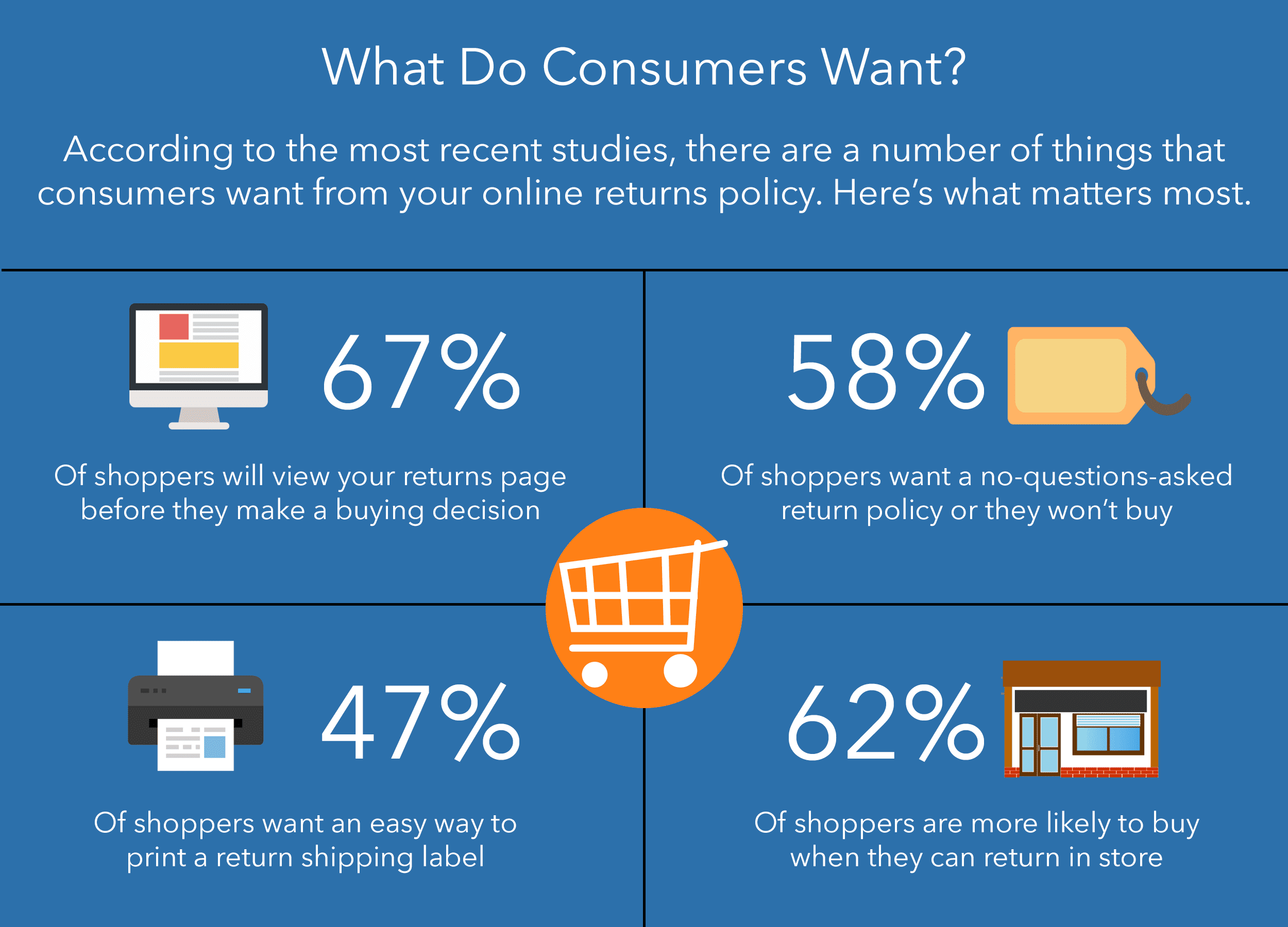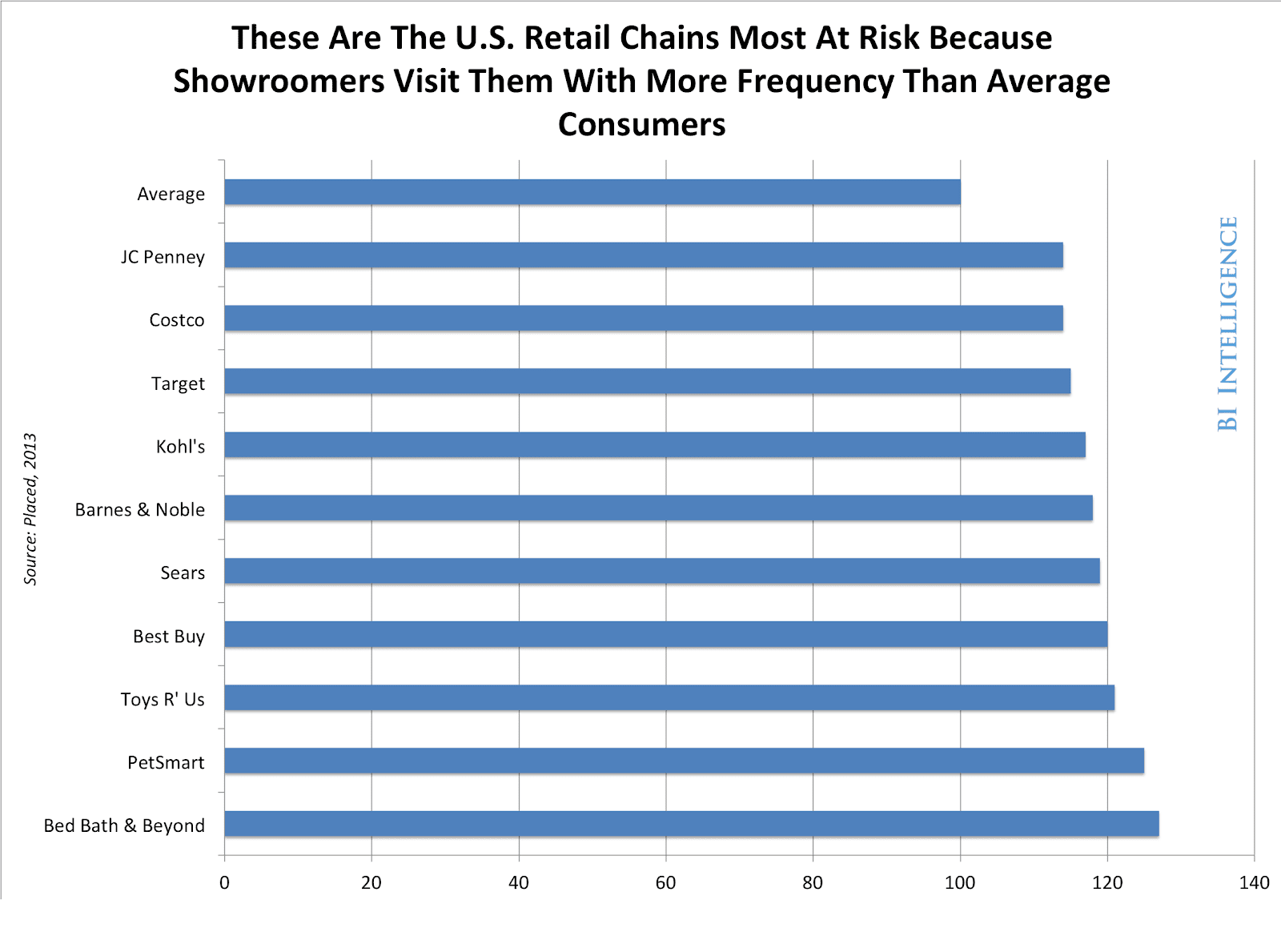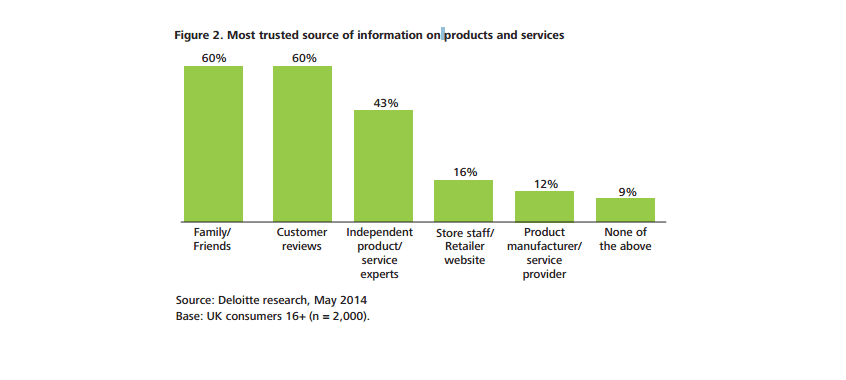7 of the Best Ecommerce Conversion Rate Optimization Tips You’ll Ever Learn

We’ve got you covered with this in-depth guide. In it, we’ll show you seven powerful methods you can start using right away to get more sales. Read on to learn more.
1.) Make a Stand for Free Shipping & Easy Returns
Want more conversions? The most streamlined way to getting them is by offering free shipping and hassle-free returns. With 66% of shoppers taking the time to read your return policy, and with more than 80% of shoppers wanting free shipping or a free shipping threshold, often the barrier to a conversion or the path to cart abandonment is directly in the control of the online retailer.

The truth is that you want your competitors to hate your shipping and return policy because they’re simply unwilling to match it. That means more conversions for your online store and more profits in the long run, even if some products end up being returned more often than others. Certain studies have found that stores that offer free shipping and hassle-free returns earn as much as 357% more than their competitors do each year.

Some of the most recognizable retail brands have cut their teeth offering free shipping and easy returns, and your store can follow in the footsteps of brand leaders like Zappos, too. Along the way, if you must charge shipping, make sure you list these costs as early as possible during the checkout process. and also make sure that your return policy is clear-cut, easy to understand and accessible to customers during the checkout process.
2.) Offer a Price-Match Guarantee
If you’re not yet offering a price-match pledge, you really ought to rethink doing so. The fact of the matter is that most people take the time to shop around before they make a buying decision. When consumers compare prices and inventory between different websites online, a process called webrooming, they’re looking for a variety of things, namely: free shipping, easy returns and the lowest price.

In fact, 88% of shoppers webroom before they purchase a product online. As the statistics break down, 72% are doing it to find the lowest price, while the remainder are simply comparing products and the offerings of the online stores that they’re considering doing business with.
Why does offering a price-match guarantee matter? Just look at these following reasons:
- Greater Customer Retention. After the initial stages of ecommerce are over, customers prefer to purchase products online, since they’re typically much cheaper than offline options. Price match guarantees ensure customers don’t leave your store to seek out other sites, where a better price might be available.
- Higher Level of Competition. Offering a price match guarantee allows you to maintain a competitive approach to other brands that offer similar products. Assuming your products are comparable, a price match guarantee will help you maintain the competitive edge on other companies and keep more of your hard-won customers.
- Larger Average Order Value. According to recent studies, 85% of customers shop in-store because they like being able to see and feel products. When they go online after the fact, though, 70% are looking for the lowest price. When you optimize your store for success in this environment, namely by offering price match guarantees, you increase consumer confidence and keep people coming back. When customers feel confident in your company, order values go up, as does your bottom line.
- Fewer Abandoned Carts. 30% of consumers fill a cart and then abandon it because they found a better price somewhere else. If you want to reduce your abandoned cart rate, offer price match guarantees. Even better yet – utilize plugins that scan competitor prices and adjust yours accordingly.
3.) Integrate Live Chat or Chat Bots
Another proven ecommerce conversion optimization technique is found in offering live chat or integrating chatbots into your online store. But which one makes the most sense for you?
The first thing that you’re going to want to consider is your budget and availability. For example, if you’re a smaller business, you may not have the resources to pay an employee that answers live chat questions all day. Therefore, a chatbot would make more sense. If you do have the budget, though, a live support representative is always preferable.
Benefits of using chatbots:
- A more personalized shopping experience.
- On-demand support for your shoppers.
- Instant questions and answers for curious customers.
- Improved average order value.
- Reduced cart abandonment rates.
If you have the resources to offer live chat support, the benefits are intrinsically superior than playing the chatbot game. As a matter of fact, stores that offer live chat support appeal to the majority of consumers who want to speak to an actual human being when they need assistance.
Benefits of offering live chat support:
- Live chat is twice as popular as email support.
- 79% of consumers polled prefer live chat to any other support method.
- Live chat reduces waiting time and enables support reps to help as many as six people simultaneously.
- 73% of customers are satisfied with their live chat support experience.
- 77% of customers won’t buy from a store that doesn’t offer live chat support.
- 10% increase in average order value when customers engage in live chat before making a purchase
- 48% increase in revenue per chat hour
- 40% increase in conversion rate
4.) Feature Product Videos
Want to market your store better and optimize it for conversions? Then you need to add product videos sooner rather than later. New statistics find that product videos improve conversions by as much as 85%, namely because viewers get a better idea of the product they’re considering buying. Product videos also help your pages rank for SEO because about 70% of the top three search results on Google are videos and also because 14% of all internet search results are videos.
Product videos are powerful ecommerce conversion rate optimizers, too, that can reduce webrooming and showrooming by as much as 46% while appealing to as much as 71% of your direct audience. They also can improve brand trust by as much as 58%, and product videos are as much as 600 times more effective than any other marketing method that you can use in ecommerce.
Benefits of using product videos:
- Videos have a 16.85% conversion rate as compared to standard banners (2.14%) and mobile (1.62%).
- 58% of consumers trust brands with videos more.
- 59% of consumers will watch a video that is part of your website content.
- 96% of shoppers rely on product videos when making a buying decision.
- 60% of shoppers rely on visuals when making a buying decision.
- Consumers who watch a product video are 1.7 times likelier to convert.
- 12% of consumers will watch a video on an ecommerce site.
- 57% of shoppers will return less and buy in confidence when product videos are offered.
5.) Craft Steller Product Descriptions
Your store’s product descriptions are the lifeblood of online sales. They’re a critical component to ecommerce conversion optimization and require that you take the time and diligence to ensure they’re expertly crafted, well-described, appealing and unique.
A commonly overlooked aspect of product descriptions in ecommerce is unique content. Many retailers simply copy and paste the manufacturer’s description of the products their selling without a thought about how this might affect search engine optimization.
You’ll want to take extra measures with your product descriptions to ensure they conform to Google’s standards for SEO in ecommerce product descriptions. Doing so will help you gain more traction with your rankings, which will ultimately lead to more unique visitors and conversions.
If you’re looking for some tips on how to craft gorgeous product descriptions that result in substantial sales uplifts, make sure you check out our related guide, it’s packed full of helpful tips, suggestions, live examples and more: How to Write Better Product Descriptions.
6.) Add Verified Product Reviews
If you are not yet featuring verified customer reviews on your product pages, you’re missing out on some serious conversion power. Did you know that 37% of shoppers use reviews to make a purchasing decision? What’s more, 87% of shoppers trust a verified review just as much as they trust a recommendation from a friend or a family member.
When it comes to getting reviews from customers who’ve purchased, there’s a 70% chance they’ll leave a review simply if you just ask them to. With 78% of customers being satisfied after making a purchase following reading a review, you can’t overlook this powerful conversion metric.
And if that wasn’t enough to convince you, try this on for size: 63% of your customers are more likely to buy simply for the fact that you have verified product reviews for them to peruse before clicking the “buy” button. Better yet? Product reviews have been shown to deliver a healthy sales uplift of at least 18%.

Another benefit is that verified product reviews have been proven to reduce returns in ecommerce and they’re a powerful way to influence as many as 53% of consumers during the purchasing cycle, namely because they add a trust factor and increase consumer confidence during the critical decision-making portion of the buying cycle.

Just look at these statistics on verified product reviews, they’re uncanny:
- 80% of consumers take the time research products online.
- 91% of consumers read product reviews on a regular basis.
- 84% of consumer trust in online reviews like they would a friend’s suggestion.
- 70% of consumers will leave a review if you merely ask them to.
- 30% of consumers think reviews are fake if there are no negative reviews.
- 120% of consumers trust product reviews over the description.
- 10% of your search engine rankings can be influenced by reviews.
- 44% of consumers only trust reviews that are less than 30 days aged.
- 89% of consumers make a buying decision within seven days of reading a review.
- 18% sales uplift can be obtained with adequate online product reviews.
- 90% of customers look to page one search results to find products.
7.) Become a Social Brand Ambassador
Social commerce has grown by leaps and bounds over the past five years, with Facebook, Instagram and Pinterest now acting as glorified ecommerce catalogs for eager shoppers, who are easily influenced by today’s celebrity social media stars. The result: consumers are spending an average of $2,000 annually on their preferred social media site; that’s a hefty average spend!

Just how powerful a force is social media in ecommerce today? The latest social commerce statistics find that at least $30 billion in annual sales are generated by the leading social media websites. To make the most of social media in ecommerce, though, you’ll need to become a brand ambassador. But what does this entail and how can you accomplish doing it for your online store?
The first place you are going to want to start with is by learning more about how you can leverage social media to your advantage. Don’t worry, we have you covered with this in-depth guide: 28 Things You Didn’t Know About Social Marketing for Ecommerce.
Once you’ve read that guide, take the next step by adding to your knowledge base with this related guide: Ecommerce Social Proof and Why You Need It.
Need Even More Tips?
Still looking for more ways to improve your ecommerce conversion optimization method? We’ve got you covered with this illustrated infographic. Use it to make some changes to your online store today that help reduce cart abandonment rates now and well into the future. While you are at it, take a look at our Ultimate Guide to Shopping Cart Abandonment.

What You Should Do Now
Here are 3 ways ReadyReturns can help you deliver amazing return experiences that eliminate prepaid labels and boxes, delight customers, and protect your margins:
Schedule a Demo – See how ReadyReturns turns product returns into your competitive advantage with “Amazon-like” returns and cost-saving features.
Start Your Free Trial of ReadyReturns (No CC Required) – Set up in minutes. Instantly offer QR code returns, product exchanges, and custom return rules that turn frustrated customers into repeat buyers.
Try ReadyCloud at No Cost – Why manage shipping and returns separately? Get ReadyShipper X, ReadyReturns, and more in one unified platform for seamless fulfillment and order management.
Share On:







